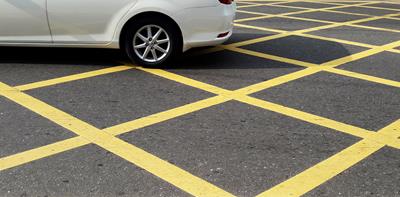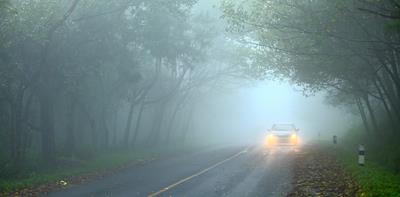
We’ve all been there, driving along a near-empty stretch of motorway, approaching a car that’s cruising along in the middle lane while the inside lane is clear. It can cause mild irritation but there are greater risks involved.
Some drivers who admit to having hogged the middle lane say they do so to avoid having to change lanes or to feel safer. Others simply aren’t aware of the rules of the motorway beyond what they’ve learnt as part of the theory test.
It can be a real source of frustration for other drivers, some of whom may themselves respond with more dangerous driving tactics, such as tailgating or undertaking.
More practically, it causes congestion as the inside lane becomes under-used while traffic clogs up the middle and outside lanes, as vehicles manoeuvre around the middle lane hogger. We simply end up with more cars in less space.
Tackling middle lane hoggers
The Highway Code is clear on the importance of good lane discipline. It says: “You should always drive in the left-hand lane when the road ahead is clear. If you are overtaking a number of slower-moving vehicles, you should return to the left-hand lane as soon as you are safely past. Slow-moving or speed-restricted vehicles should always remain in the left-hand lane of the carriageway unless overtaking.”
In the eyes of the law middle lane hogging is seen as a careless driving offence, and many attempts have been made to prevent it.
Back in 2004, the Highways Agency tried putting up signs saying, "Keep left unless overtaking" and "Don't hog the middle lane".
Then in 2013, new laws were introduced to give police officers the power to hand out on-the-spot fines of £100 and three penalty points.
It wasn’t until 2015 that the first person in the country was convicted in court of hogging the middle lane. The driver was ordered to pay almost £1,000 and received five penalty points after he was spotting travelling at 60mph in the middle lane on the M62, blocking six drivers who had to brake and then overtake.
Police forces have since publicised many other instances where they penalised drivers for poor lane discipline. For example, in January, Thames Valley Police shared a video on social media of a driver it had pulled over for careless driving, advising: “If Lane 1 is clear, move across! The driver was in Lane 2 of the M4 for over a mile whilst our Roads Policing team were directly behind in a marked police car. Lane 1 was clear the entire time”.
Driver education
Steps are being taken to educate drivers about correct lane usage. As of last year, learner drivers were allowed on motorways, partly in order to train them on how to use lanes correctly.
And now, new speed cameras are being tested that can spot offences from 1km away. For example, Gloucestershire Police trialled such a camera system at 35 sites along the busy A417 last November and spotted 1,325 offences.
Drivers seem broadly in favour of this technology, research from the RAC has found, with three-quarters (77%) saying they would be good for enforcing offences like middle lane hogging, tailgating and not wearing seatbelts.
The success of such cameras is yet to be seen, and middle lane hogging remains a feature of British motorways. But as the RAC notes, however annoying you might find such behaviour, you should not react as that could prove more dangerous than the driver who is lane hogging.
To read more about road safety go to Solved.
No £25 admin fee
When you update your policy online, e.g. amend driver, address or car details.

